
“What happens to a generation of brilliance brutally aborted? The AIDS epidemic didn’t merely take lives remade art, culture, and activism in ways that continue to echo. From Hollywood stars to artist-activists, these children and brothers and sisters of the diasporic cultural nation left not only their art but blueprints for fearlessness, creativity, and revolution.”
Compassion was submerged beneath stigma and dread in the 1980s and ’90s. But not every star rolled over for it. They broke their silences from pedestals some of them in their own time, others posthumously to reclaim the dialogue the world was having in secret. They are tragedies, to be sure, but also of the power of visibility, art, and activism to change what people know and do.
A look back at nine gay icons whose lives were brutally cut short by AIDS, and how their lives remain so divisive, inspiring art, reminding us that the struggle for awareness, for dignity, for love is very far indeed from being at its end.
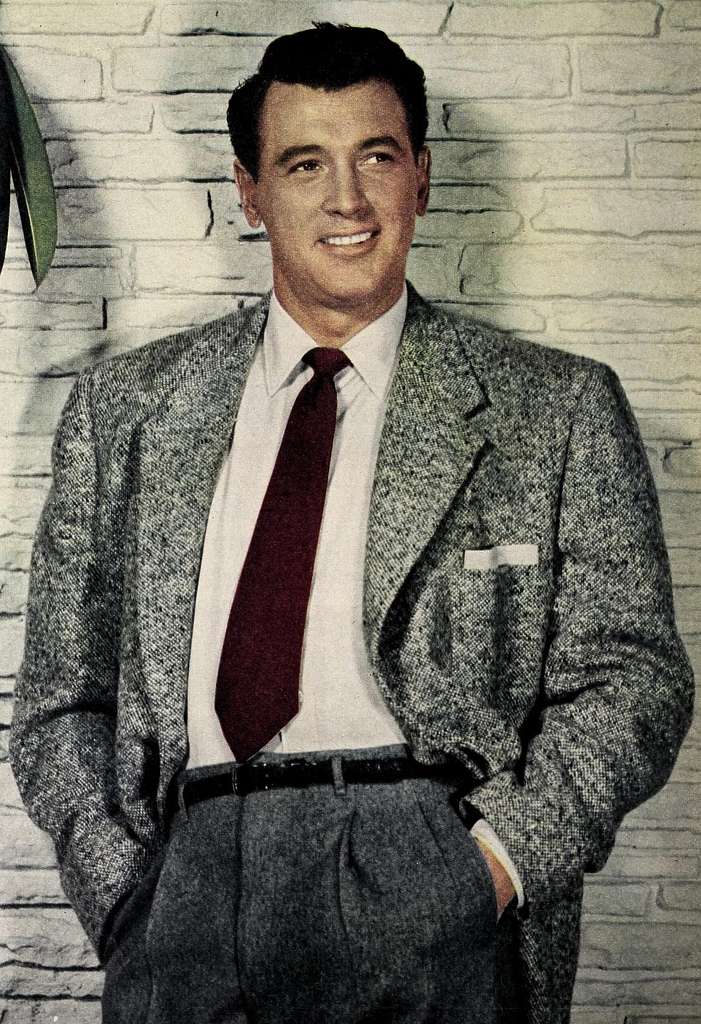
1. Rock Hudson’s Public Announcement Changed the Conversation
Rock Hudson’s July 1985 hospitalization and public disclosure that he had AIDS shattered Hollywood’s code of silence. From the icon of all-American masculinity, Hudson’s disclosure contradicted popular rumor about who would be ill. His disclosure was a cultural benchmark President Reagan publicly mentioned AIDS for the first time several months later.
Epidemiologists, writing in a study of the industry’s accounting, put AIDS three times worse in Hollywood than elsewhere in the nation, but intolerance had reached such depths that fewer would be as loud. Hudson shouted above all of that, raking in more dollars and popular opinion into the cause. He showed bravery, a measure by which the success of making others sympathetic and prompting policy reform is judged.
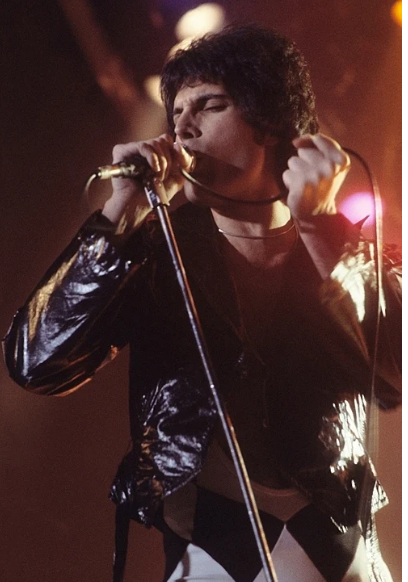
2. Freddie Mercury’s Last Message and Unforgettable Legacy
Mercury’s music was a myth, but his last public appearance was better. Before he died in 1991, he knowingly infected himself with HIV, and the news united the whole world in one room. Fifty-two weeks after the news, 72,000 fans packed a memorial concert at Wembley Stadium and donated millions to cover the cost of research.
Mercury’s Mercury Phoenix Trust, set up in his name, continues to donate over $15 million a year to AIDS charities. Mercury’s fall from hero to “poster boy” status never did take away his dignity his honesty and professionalism are the benchmark of activists and admirers.
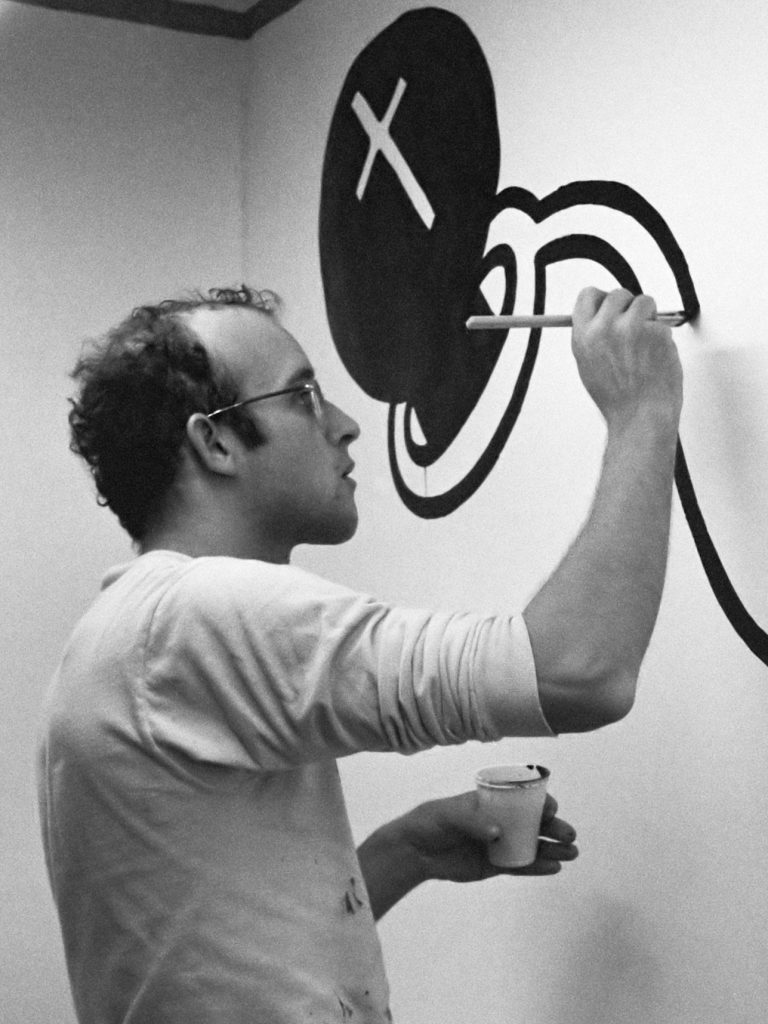
3. Keith Haring’s Art as Activism
Keith Haring’s graphic depiction of graffiti as art was beyond mass culture it was quality instruction. In 1988, when he was diagnosed with AIDS, he created such pieces as the 1989 “Ignorance = Fear, Silence = Death” poster for ACT UP, art and call to action.
Before he died at the age of 31 in 1990, Haring had founded the Keith Haring Foundation to benefit AIDS groups and children’s projects. His brightly colorful work still covers up murals, T-shirts, and billboard campaigns, demonstrating that activism may be as pretty to look at as it is to achieve.
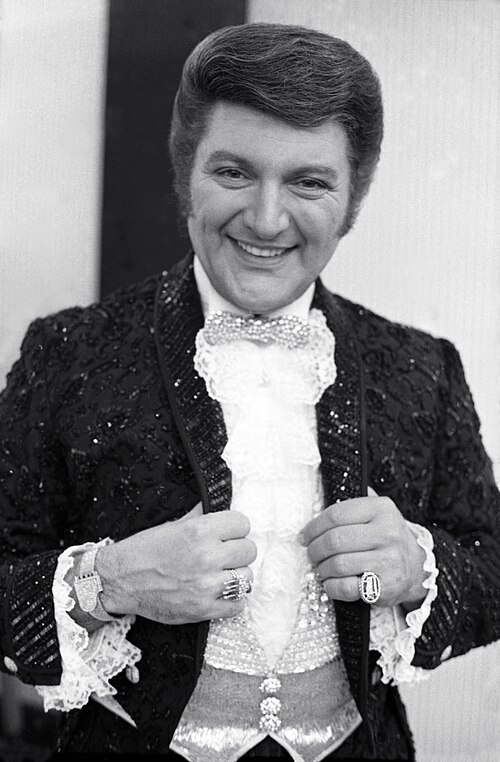
4. Liberace’s Private Battle and Public Mourning
Master entertainer Liberace dazzled audiences with virtuosity and rhinestones but kept his AIDS diagnosis a secret from the world until he died in 1987. He died under a barrage of sympathy and a call for compassion, not for condemnation.
Although he never himself in words openly dissented in public from what he saw, the following cultural indignation bore witness to the price to human beings of this shame. He remains today a witness to the worth of being regarded and so too is fellow feeling with other people on whom secrets are treasures.
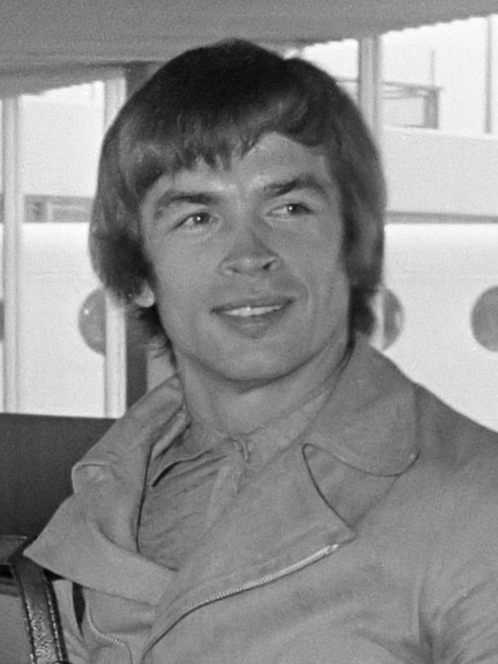
5. Rudolf Nureyev’s Defiant Grace
Ballet icon Rudolf Nureyev haunted stages around the globe with flesh and charisma. Indomitable despite the company of declining health from AIDS illness, he was still a working dancer and chief director of the Paris Opera Ballet.
Nureyev’s unwillingness to cede the spotlight still pushed the boundaries of fragility and illness. His legacy is in the generations of dance who were instructed by him, where art is strength.
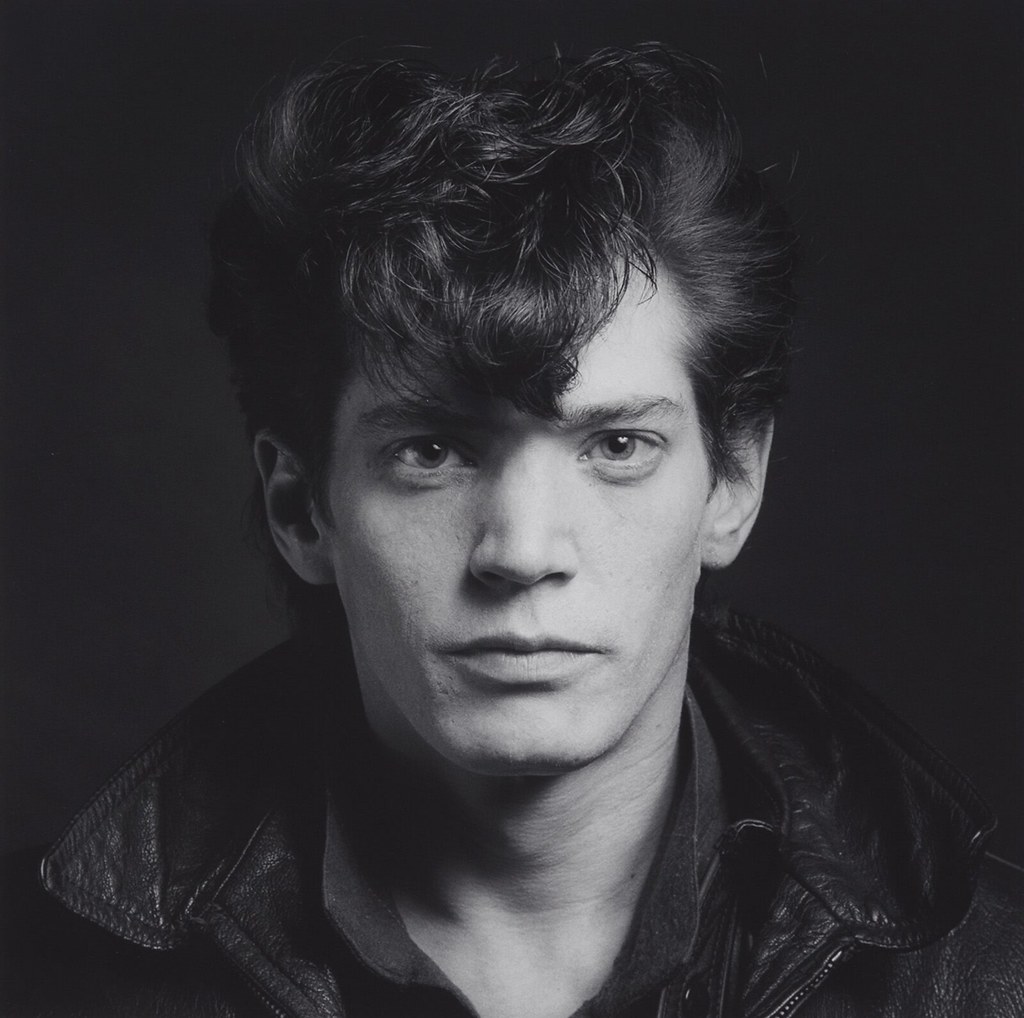
6. Robert Mapplethorpe’s Provocative Vision
Robert Mapplethorpe’s stunning, hot, and unrepentant photographs extended art and gay visibility. Politicians like Senator Jesse Helms censored his images in 1989, creating scandal over public financing and art freedom.
It wasn’t until his own demise in 1989 that Mapplethorpe left behind a foundation of the same name that still funds AIDS research and the arts. His triumph is political as well as artistic, proof of the power of the manner in which an immense amount of beauty can ridicule prejudice.
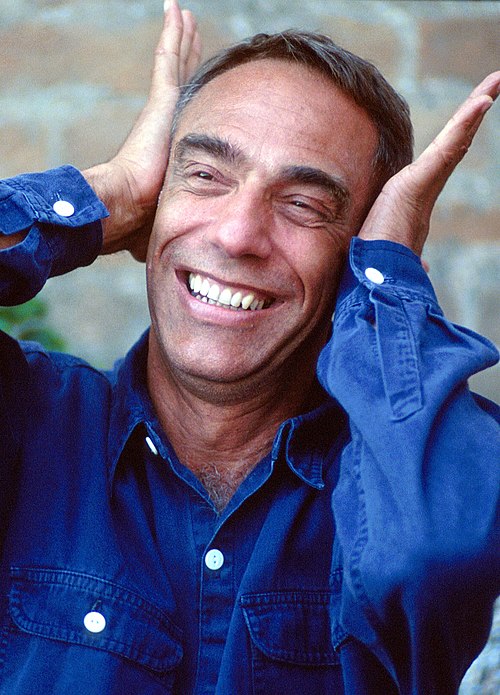
7. Derek Jarman’s Cinematic Protest
British filmmaker Derek Jarman turned his HIV status into a form of art and produced films such as “Blue” (1993) that blended life stories and political critique. He openly challenged repressive acts such as Section 28 that criminalized the right to educate homosexuality in schools.
Jarman’s practice as a director and activism coincided, and he was a cultural producer who drew upon the use of art in a manner that attempted to seek justice and visibility. His works demonstrate how the individual truth and public action came together.
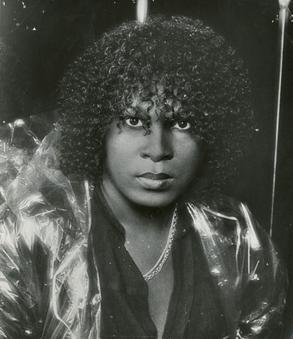
8. Sylvester’s Joyful Defiance
Disco icon Sylvester sang with his voice but choreographed queer self onto the dance floor. His baritone falsetto, in-your-face strutting, and pleading eyes rendered dance floors safe zones. AIDS wiping out his people did not silence him; he employed his voice as a weapon of resistance for the struggle for love and acceptance.
Sylvester’s records pack clubs to this day, his message still inspiring. Joy is still an act of rebellion because of his legacy.

9. Howard Ashman’s Hidden Metaphor
Having composed Disney movie soundtracks like “The Little Mermaid” and “Beauty and the Beast,” Howard Ashman gave depth to children’s entertainment. Fewer still appreciated the reality that “Kill the beast” was really an AIDS stigma metaphor, and that such phrases as “We don’t like what we don’t understand.”
Ashman died in 1991, aged only 40, but his legacy ensured that Disney musical was resurrected. How he managed to integrate activism into mass culture and no one even raised an eyebrow is an example of the subtlety and lasting effect influence can have.
These icons left us not just their art, performances, music, and painting but cultural redefinition. Their legacy is an open invitation that the AIDS plague was not just a plague of health but a fight for representation, understanding, and legitimacy. Memory keeps alive their art and the will to keep struggling for decriminalization and against injustice and stigma.


